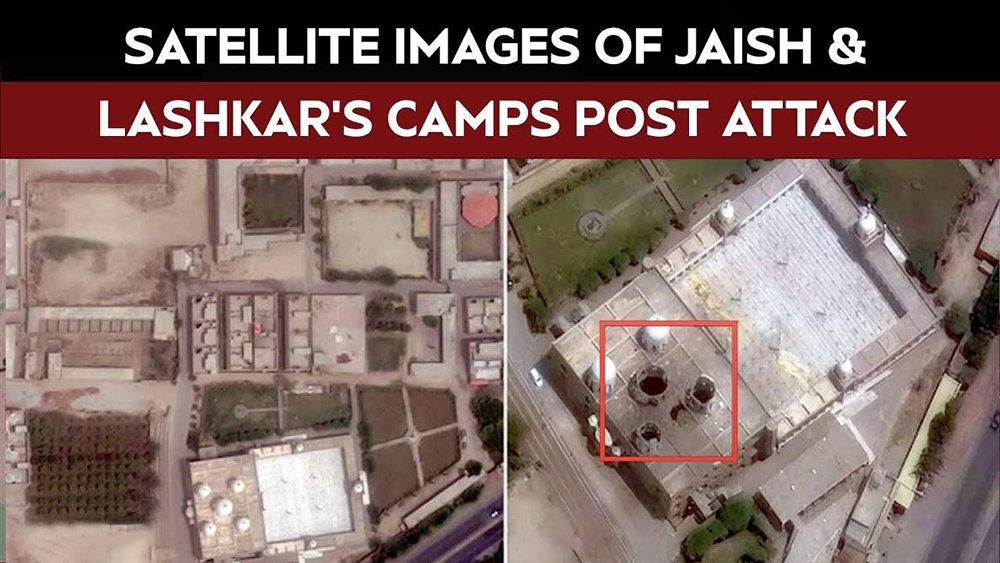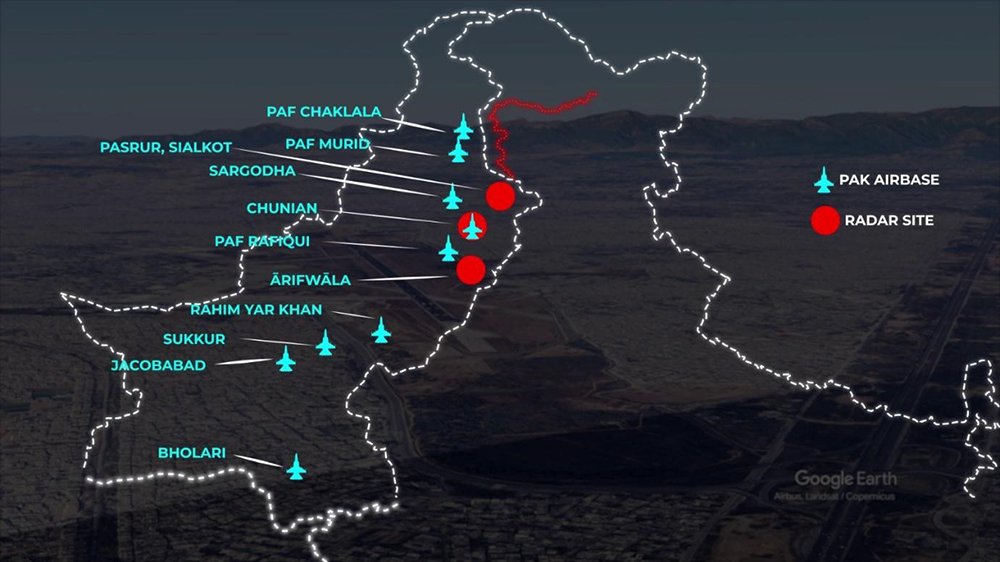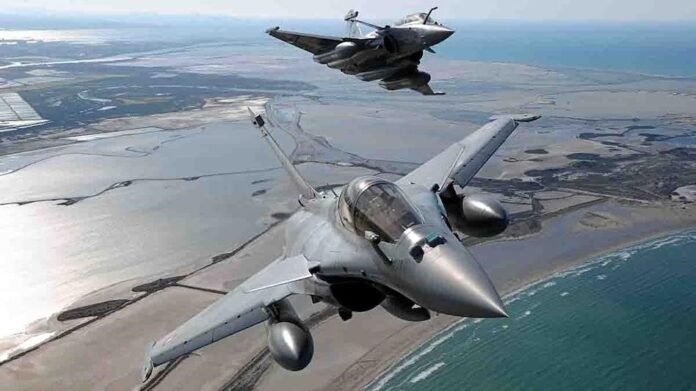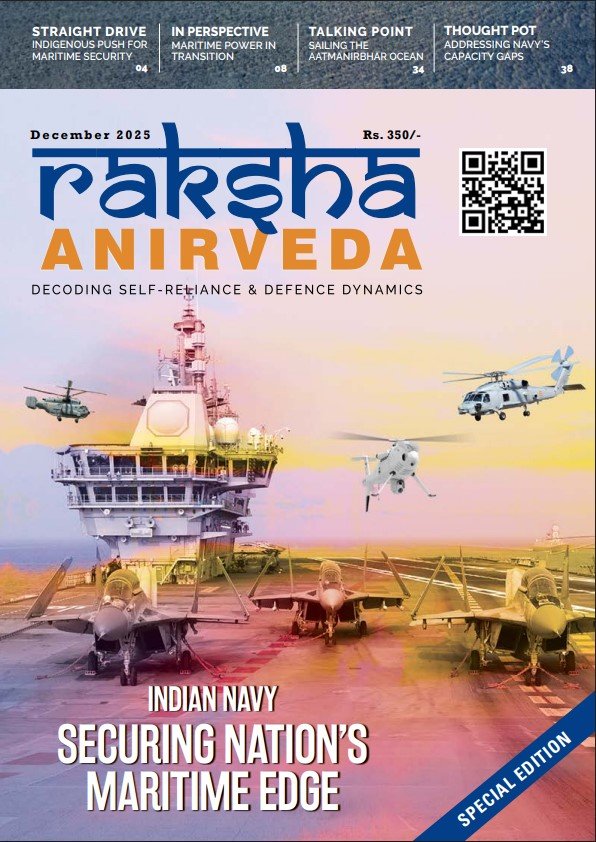India’s military doctrines have largely developed conventional capabilities with a focus on air-land battle scenarios. India’s military engagements and skirmishes with Pakistan have historically shaped its strategic doctrine, foreign policy, and defence modernisation. Two landmark events, the Kargil Conflict (1999) and the recent Operation Sindoor (2025), offer contrasting yet connected perspectives on India’s evolving military posture and geopolitical challenges. While Kargil was a conventional high-altitude conflict resulting from Pakistan’s infiltration into Indian territory, Operation Sindoor represents a hybrid, techno-centric response to modern cross-border threats, possibly supported by China and Turkey. Comparing the two provides insight into the transformation of warfare, threat perception, and India’s preparedness during the last two and a half decades. It also brings about the importance of non-contact warfare as a tool to accomplish both political and military aims.
Backdrop and Strategic Context
Kargil Conflict: The Kargil Conflict broke out in May 1999 when Pakistani troops and militants occupied key ridgelines along the Indian side of the Line of Control (LoC) in Jammu and Kashmir, particularly in the Dras-Kargil-Batalik sector. Pakistan aimed to sever the Srinagar-Leh highway and internationalise the Kashmir issue. The Pakistan Army under General Pervez Musharraf covertly launched the operation without civilian leadership’s full knowledge. Pakistan’s plan took shape by infiltration using NLI troops into Indian positions vacated during winters in Kargil-Dras-Batalik sectors. India was surprised when patrols encountered intrusions in May 1999. The conflict lasted almost two months.
Kargil was a high-altitude conventional conflict fought between two nuclear-armed neighbours. It involved infantry assaults, artillery duels, and strategic airstrikes. The Indian Army launched Operation Vijay, supported by Operation Safed Sagar by the Indian Air Force (IAF). The focus was on regaining physical control of mountain peaks infiltrated by Pakistani forces. The terrain and weather made logistics and troop mobility exceptionally difficult. This conflict was characterised by a lack of ground-based HUMINT and overreliance on the assumption about winter troop withdrawals. It was a huge intelligence failure as RAW, IB and Indian Army failed to detect the NLI buildup. The conflict resulted in huge casualties on both sides.
Kargil was a high-altitude conventional conflict fought between two nuclear-armed neighbours. It involved infantry assaults, artillery duels, and strategic airstrikes. The Indian Army launched Operation Vijay, supported by Operation Safed Sagar by the Indian Air Force. The focus was on regaining physical control of mountain peaks infiltrated by Pakistani forces
Operation Sindoor: Operation Sindoor was a direct retaliation to Pakistan’s abetted terrorist strike in April 2025, on innocent Indian tourists in Pahalgam, resulting in the massacre of 26 people. It was a precision cross-border air-ground operation undertaken in May 2025. What possibly distinguished Sindoor is its probable use of precision-guided munitions, missiles, stealth drones, satellite-based ISR, and kinetic drone strikes, conducted in deep Pakistani territory, including regions beyond PoK and into the heartland of Punjab and Sindh. Reports also suggested a tacit Chinese electronic and logistical support to Pakistan, adding a regional dimension not seen during Kargil.
Sindoor, in contrast, was a short-duration (four days), high-impact, stand-off precision hybrid campaign, using long-range UAVs, AI-driven surveillance, electronic warfare, and possibly laser-guided drones like the DRDO’s new 30kW laser weapon. It brought forth India’s better air-defence capabilities in comparison to Pakistan and showcased our Akashteer as a versatile air defence platform. It represented India’s shift toward non-contact warfare. Unlike Kargil, the operation was not declared as war, and there were no infantry mobilisations across the LoC. The objective was deterrence and punitive action, without risking escalation.
Operation Sindoor was launched in the age of information warfare and disinformation campaigns. Social media, OSINT, and leaks to defence journalists shaped narratives. The Indian government maintained plausible deniability while leveraging cyber silence and ambiguity to keep the adversary guessing a strategic shift from the overt Kargil disclosures.

Military Lessons and Doctrinal Shifts
The Kargil conflict exposed India’s intelligence failures (particularly of RAW and MI) and inadequate surveillance. It led to the Kargil Review Committee (KRC) and significant reforms, including the creation of the Defence Intelligence Agency (DIA), National Technical Research Organisation (NTRO) and enhanced satellite capabilities. The military doctrine at that time was largely defensive and reactive in nature. Cold Start was not yet formalised, and Airpower was used only after political clearance and restricted to this side of the LoC. The importance of Artillery being used in a direct fire role was clearly seen. The Bofors gun played a very vital role in the conflict. Logistics were also hampered due to fighting in high altitudes.
Operation Sindoor reflected an evolution into a Cold Start-influenced proactive posture with re-shaping of our military doctrine to a more proactive one. It validated India’s investments in unmanned systems, real-time ISR, and cross-domain deterrence. The successful employment of missiles, stealth drones and potential directed-energy weapons (DEWs) showcased a shift to 4th and 5th generation warfare, in line with doctrines like Integrated Theatre Commands and Rapid Cyber Dominance. It brought about airspace domination through drones and EW assets. The Indian forces used missiles and drones to penetrate Pakistani air defences and targeted 9 terrorist hideouts and destroyed 11 airbases in Pakistan. The much-touted Chinese weapon systems were exposed.
Operation Sindoor was India’s retaliation to Pakistan’s abetted terrorist strike in Pahalgam on April 22, 2025, killing 26 Indian tourists. What possibly distinguished Sindoor is its probable use of precision-guided munitions, missiles, stealth drones, satellite-based ISR, and kinetic drone strikes, conducted in deep Pakistani territory, including PoK, Punjab and Sindh
Political and Diplomatic Strategy
The Kargil conflict was a major diplomatic victory for India as it gained global support. There was tremendous pressure on Pakistan from the US to end the conflict after almost 60 days. India maintained that the conflict was a limited intrusion across the line of control (LoC) by Pakistani forces masquerading as “Kashmiri Militants”. The diplomatic messaging was extremely effective as India highlighted that it was not escalating nor crossing the LoC, thus occupying the moral high ground. The international community viewed India as a victim of aggression. The Pakistani narrative collapsed as they were exposed when ID cards, documents, and wireless intercepts were obtained to establish conclusive evidence of involvement of Pakistan Armed Forces, later on acknowledged by General Musharraf himself. It was, therefore, a major diplomatic victory for India and was a turning point in the improvement of Indo-US relations.

In contrast, Operation Sindoor, while a tactical and operational success for India, did not translate into a comparable diplomatic victory like the Kargil Conflict. Unlike Kargil, where Pakistan was caught lying and exposed globally, Operation Sindoor did not present a clear narrative for India. Ambiguity of facts diluted international condemnation of Pakistan as India could not present conclusive evidence of Pakistan’s complicity in the Pahalgam attack. There was also no official black listing of terrorist organisations operating from Pakistan. Further, China’s involvement complicated the narrative, since India refrained from directly naming or blaming China in global forums, whereas in turn, China shielded Pakistan diplomatically. The grey nature of China’s involvement allowed it plausible deniability. India’s outreach by sending parliamentary delegations to 33 countries did not result in any substantial diplomatic gain. In turn, the Western media shaped the Pakistani narrative and projected India as an aggressor, a sharp contrast to what happened after the Kargil Conflict.
Kargil was a major diplomatic victory for India and was a turning point in Indo-US ties. The international community viewed India as a victim of aggression. The Pakistani narrative collapsed as they were exposed when ID cards, documents, and wireless intercepts were obtained to establish conclusive evidence of involvement of Pakistan Armed Forces
Conclusion
Kargil and Sindoor were separated by time, terrain, and technology, yet both underscore a recurring truth: India’s primary military challenge remains its western frontier, with increasing entanglement from China. Kargil taught India the value of vigilance and intelligence. Sindoor has demonstrated the utility of pre-emptive, technology-driven strikes in the grey zone of war and peace. Both Kargil and Sindoor resulted in India’s military success without any doubt.
As India evolves into a major regional power, its military posture is shifting from reactive conventional defence to proactive hybrid deterrence. The Kargil martyrs laid the foundation. Operation Sindoor signifies the maturation of that military resolve, quiet, precise, and resolute. India has now realised to speed up its defence modernisation process with a focus on cyber, space, missile power, drones and air-defence capabilities. There is also a need to gear up our strategic communication process. Aspects like narrative building and improved media reporting will need greater deliberation. It would be important to build up credibility in our reporting events. Time is running short as the next bout of conflict with Pakistan is very near.
-The author retired as Major General, Army Ordnance Corps, Central Command, after 37 years of service. A management doctorate and expert on defence modernisation, he is the author of four books, including the Amazon bestseller “Breaking the Chinese Myth,” and a frequent media commentator. He is affiliated with several leading defence and strategic studies institutions in New Delhi. The views expressed are of the writer and do not necessarily reflect the views of Raksha Anirveda






